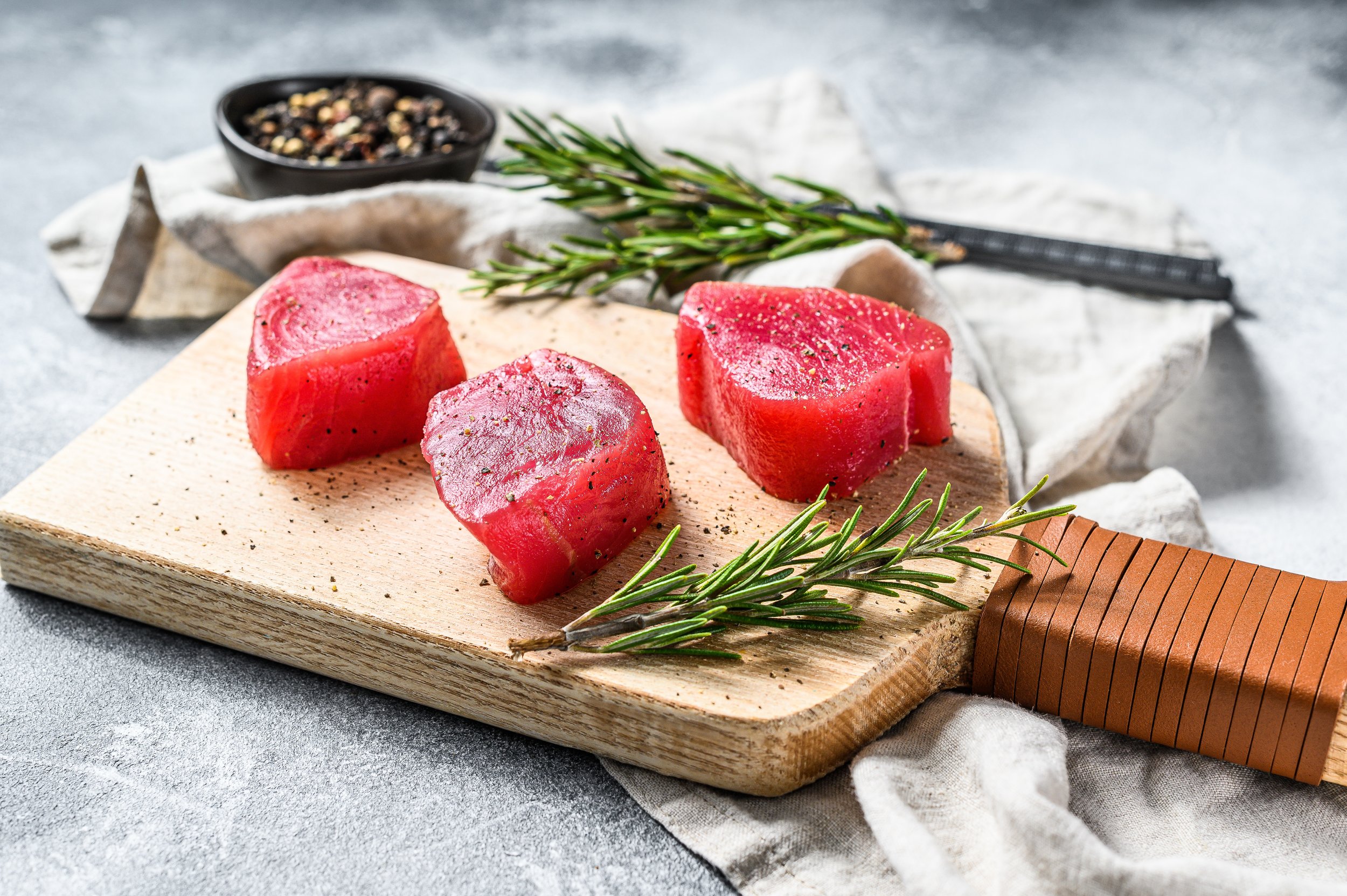Celery
Crunchy, crispy celery is well known for being low in calories, but its health benefits go far beyond use as a diet food. Celery contains useful phytonutrients, vitamins and minerals.
BUY IT
Look for: fresh, crisp, clean, medium-sized celery, pale green in color. Thin, dark-green stalks may be stringy. Thin stalked heads are usually wild celery, or improperly grown. The larger and fatter the stalks, the more tender they will be.
ADD IT
Chop up celery and combine it with cooked cranberries and almonds for a fun twist on relish. Also try mixing it with blue cheese, herbs, and olive oil for a fun buffalo wing-inspired relish to serve with grilled or roasted chicken.
Puree celery into a flavorful and bright pesto with toasted nuts and Parmesan cheese.
Add celery leaves to a stir-fry at the very end of cooking. Reserve a pinch of leaves to garnish the top.
PREP IT
To clean celery, cut off the base and leaves, then wash the leaves and stalks under running water. Cut the stalks into pieces of desired length. If the outside of the celery stalk has fibrous strings, remove them by making a thin cut into one end of the stalk and peeling away the fibers. Be sure to use the leaves—they contain the most vitamin C, calcium and potassium—but use them within a day or two as they do not store very well.
Celery should not be kept at room temperature for too long since, because of its high water content, it has a tendency to wilt quickly. If you have celery that has wilted, sprinkle it with a little water and place it in the refrigerator for several hours where it will regain its crispness.








